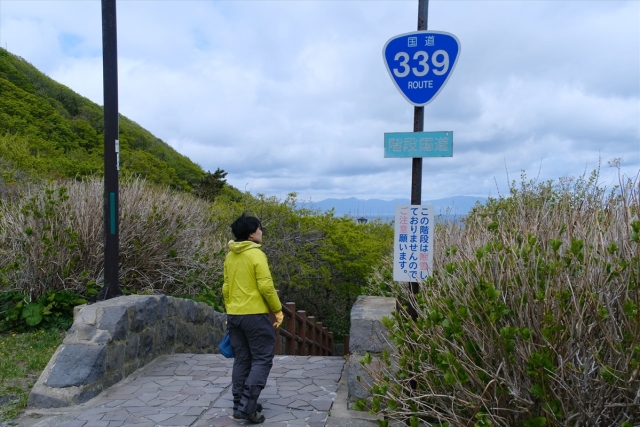
An unusual hidden tourist site for the intrepid traveller.
While a lot of overseas visitors to Japan spend most of their time exploring famous cities like Tokyo and Kyoto, there’s a whole country outside of these sites that’s well worth exploring.
Take Tsugaru-gun in Aomori Prefecture, for example. This is where you’ll find the famous Cape Tappi, which juts out into the Tsugaru Strait at one of the northernmost tips of the mainland. It’s a rugged, windy spot that inspired a famous enka entitled “Tsugaru Kaikyo Fuyugeshiki” (“Tsugaru Strait Winter Scene”), which became the signature song for the hugely successful singer Sayuri Ishikawa.
▼ Cape Tappi
The views from Cape Tappi are spectacular — on clear days like this one, you can see the island of Hokkaido on the horizon across the Tsugaru Strait.
There are a lot of remote tourist sites in this region, which locals like to keep to themselves, and one of them is the “Staircase National Highway“.
▼ The sign here reads “Kaidan Kokudou”, which translates to “Staircase National Highway”.
This is the only spot in Japan where a national highway becomes a set of stairs. While the triangular sign for highway number 339 appears just as it does on the nearby roads, no bikes or vehicles can access this particular section of the highway, because it’s home to a long stretch of stone steps.
Originally, this was a road used as a school route for the elementary and junior high schools located at the middle and top of the road. The stairs from the middle to the top of the road were constructed after it was designated as a national highway.
Following the highway designation, which came about in 1974, the road for vehicular access became divided into north and south sections. There is a steep cliff between the two roads at this point, making it difficult to build a road between the sections, so the stairs were built to provide access to this part of the national highway.
▼ Japan’s Highway 339, marked in red, includes the zigzag of stairs.
Now that the schools are gone, the stair highway remains as a tourist destination. When our reporter Haruka Takagi visited the area recently, she saw many people taking commemorative photos in front of the unusual highway sign at the top of the stairs.
The starting point had a scenic view and a fresh sea breeze, which inspired Haruka to walk the length of the stairs. As soon as she descended down a few steps, she was surrounded by trees and greenery.
▼ There’s no way you could describe this as a typical national highway. It was more like hiking in the mountains.
Haruka was filled with energy as she strode down the stairs, but she became a little concerned about the journey ahead when she saw people pass her on the ascent. They were visibly out of breath, with their hands on their knees as they appeared to be struggling with the uphill return.
She decided to worry about the ascent later, enjoying this part of the journey while she could. It didn’t take long for her to arrive at the mid-point of the stair highway, which opened up a little to resemble a small square, with a stone monument taking pride of place.
▼ The monument reads: “Minmaya Village Tappi Junior High School Site“
With the school now demolished, there appeared to be a new building set up in its place, which looked more like a community centre or public hall.
This was certainly a tranquil spot for a school, and it must’ve been a tiny one, given the plot of land here. Haruka could almost hear the students laughing and chatting as she gazed out at the beautiful view they would’ve enjoyed so many years ago.
From this point, every step down took Haruka closer to the sea, until she was able to clearly see the boats and locals going about their daily business. It was such a beautiful day that Haruka marvelled at the blueness of the Tsugaru Strait, which she had always thought was black, due to the rugged nature of the weather when she’d previously seen it.
Only about half a minute after she left the school site, Haruka cottoned on to the reason why people on the ascent appeared to be so exhausted.
This section zigzagged relentlessly, making for a tough climb. Upon seeing the stairs, Haruka’s mind stepped in to question whether she really needed to complete the journey, but she silenced it with a determination that she hoped wouldn’t bite her in the rear afterwards.
After passing the zigzag section, Haruka thought that was the end of the surprises, but that’s when the highway took another unexpected turn, leading her…
▼ …past the front door of someone’s house!
If someone were to say they lived along a national highway, you’d expect it to be filled with noise and traffic, but this definitely wasn’t the case here. The width of the road soon became narrower as well, stretching about a metre (3.2 feet) across and looking more like a path than a highway.
Now Haruka was down at sea level, at the end of the staircase highway and at the point where it meets up with the usual stretch of route 339.
Haruka had counted 362 steps on her descent, and now she had to go back and climb them.
▼ A daunting prospect.
It may not look that difficult in the photos but according to Haruka, the stairs are incredibly steep and that’s what makes it so draining on the body. After all, you have to bear in mind that this is a cliff that nobody could build a road on, so every step was arduous.
▼ Haruka stopped for a breather a few times on her way back up the stairs
Thirsty and sweaty, Haruka persevered until she finally managed to return to the top of the stairs.
Feeling triumphant, Haruka was pleased to say she’d walked the only stair highway in Japan, and she highly recommends everyone give it a try at least once, although you should bear in mind that the stairs aren’t cleared of snow in winter.
While you’re in the area, Haruka also recommends visiting the cape, where you’ll find a large monument displaying the lyrics of the “Tsugaru Strait Winter Scene” enka…
▼…and a button that blasts out the enka when pressed.
▼ It’s gusty here, though, so remember to hold on to your hat!
There are plenty of other fantastic places to visit in Aomori, including destinations where you can view a unique set of Pokémon manhole covers, and seven more places locals want to keep to themselves. It’s a region well worth adding to your itinerary once Japan opens up to tourists again. Happy travels, everyone!
Photos ©SoraNews24
● Want to hear about SoraNews24’s latest articles as soon as they’re published? Follow us on Facebook and Twitter!
[ Read in Japanese ]

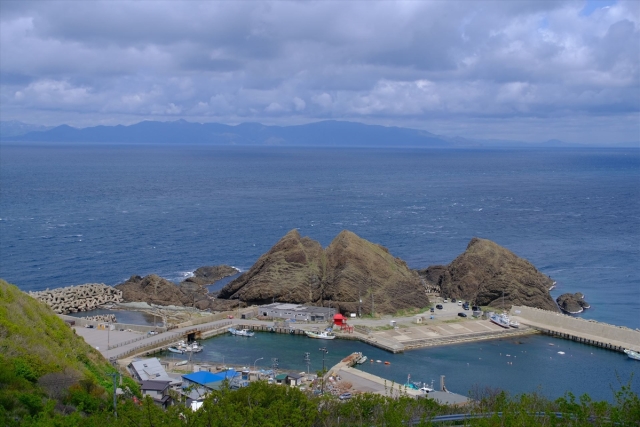
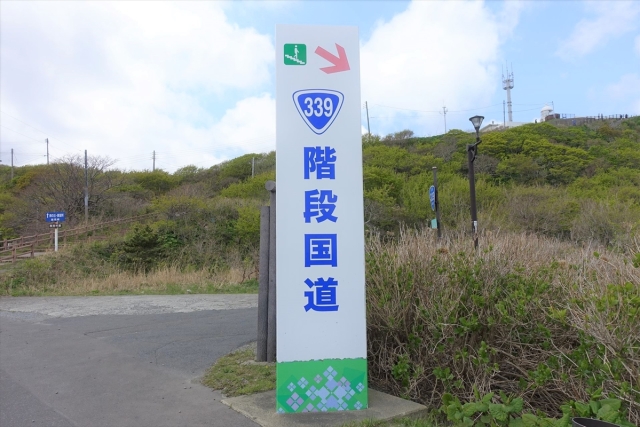
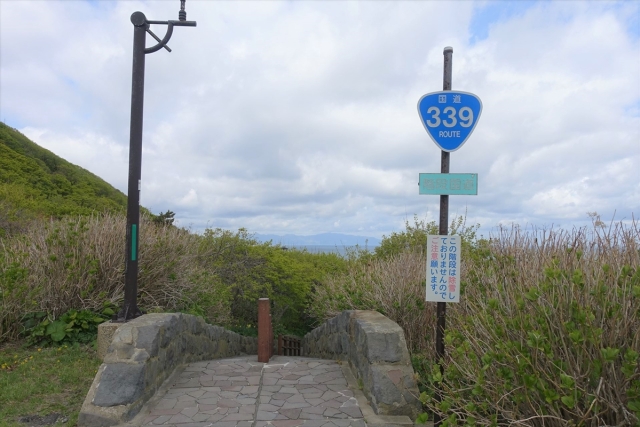
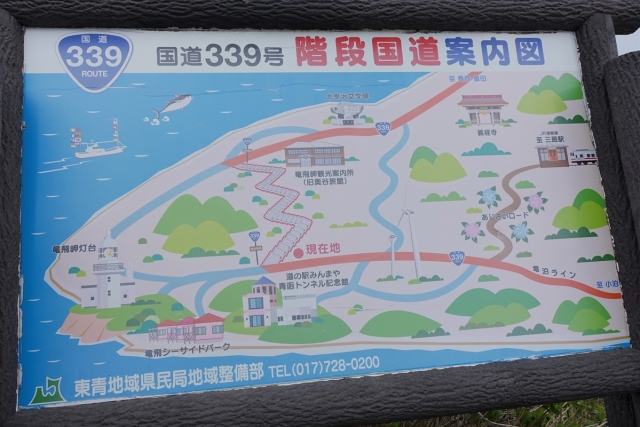
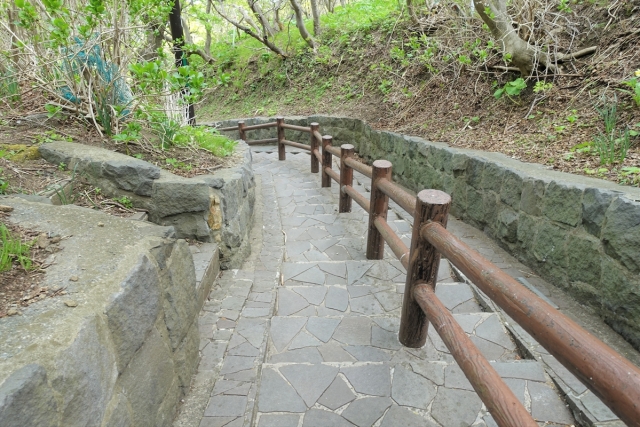
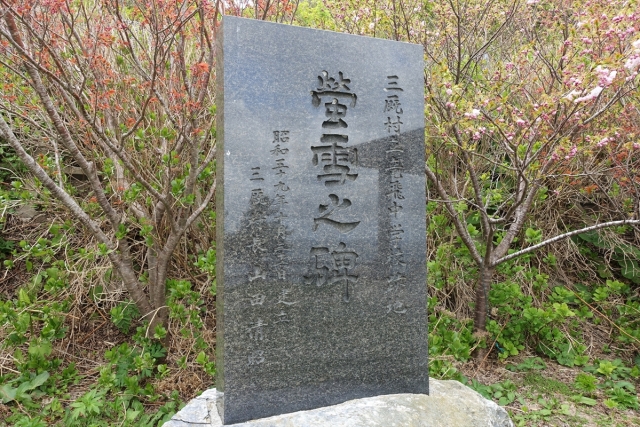
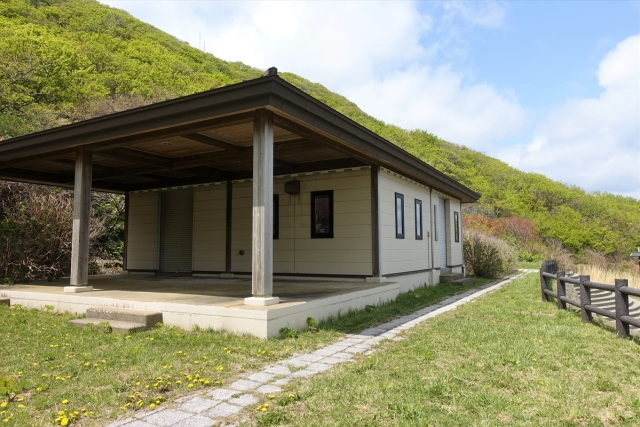
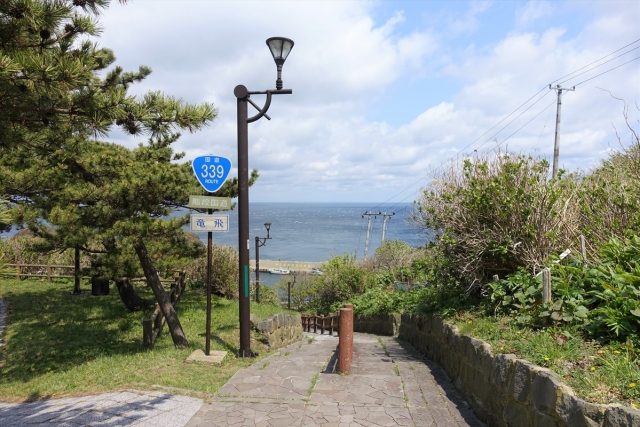
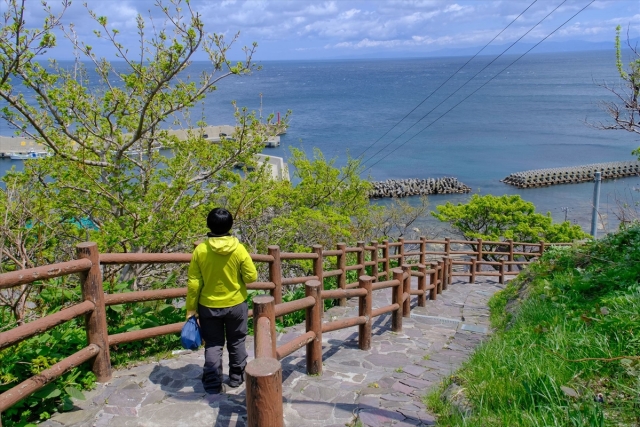
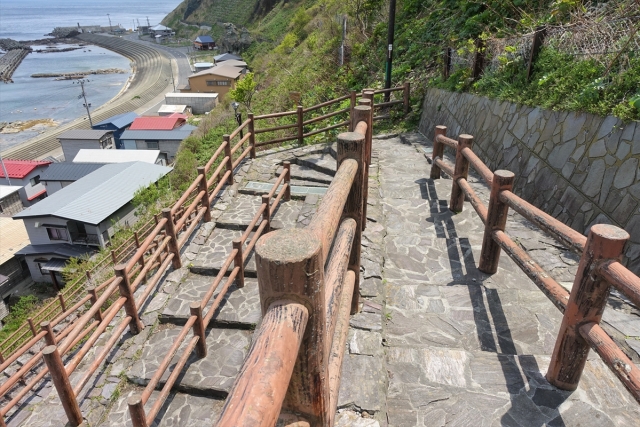
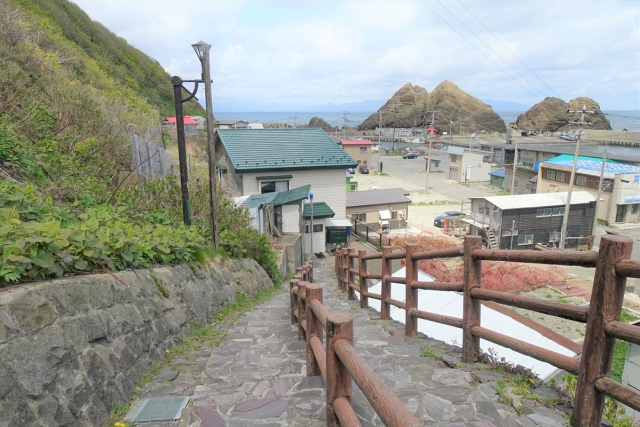
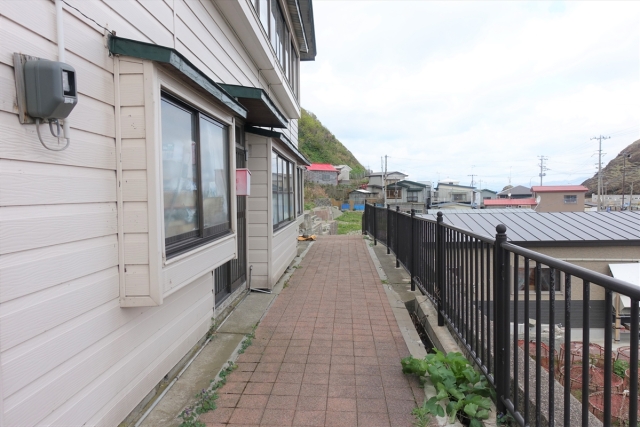
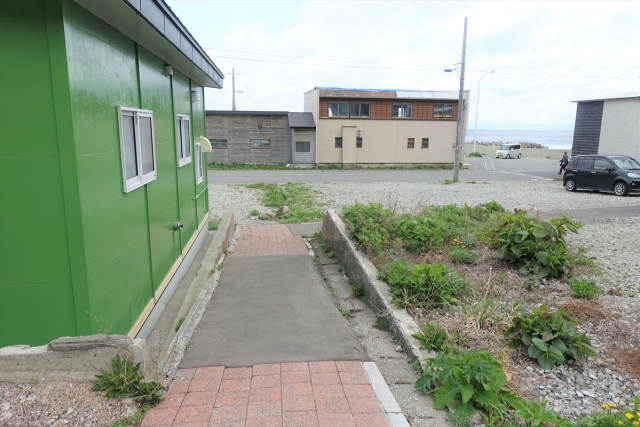
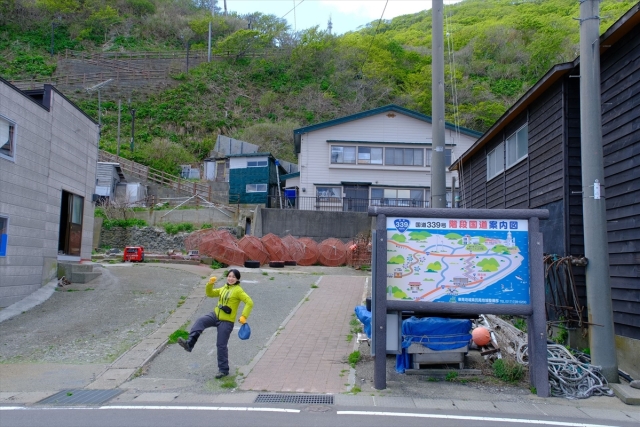
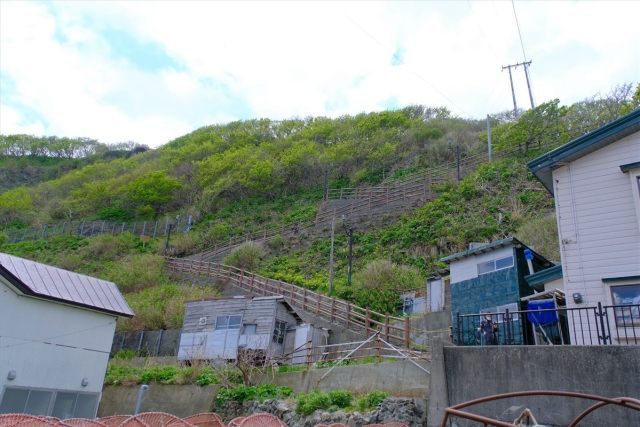
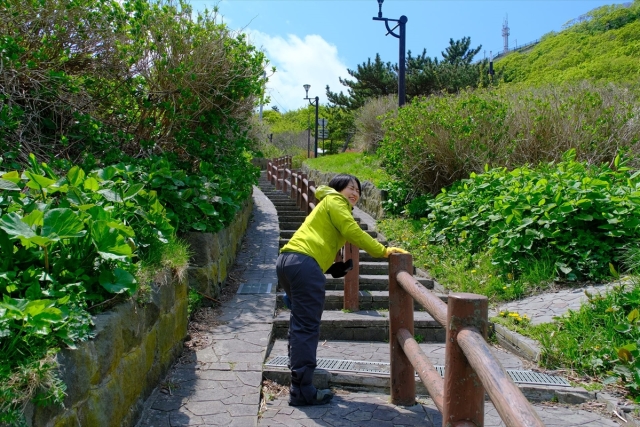
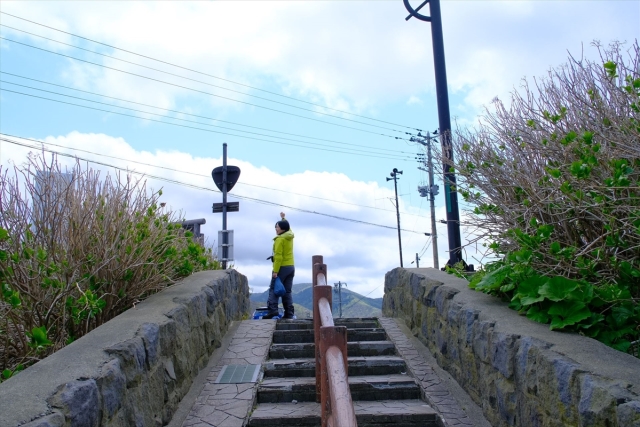
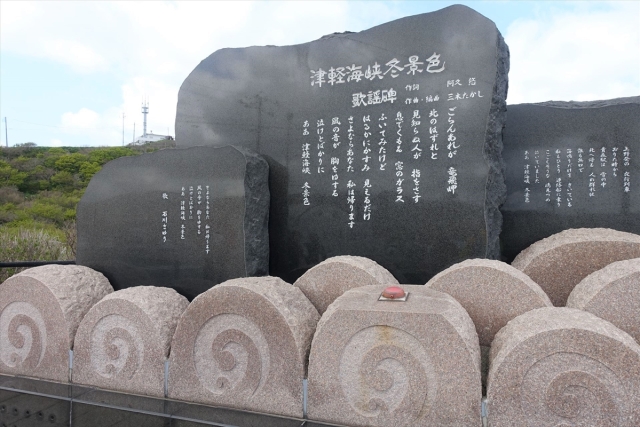
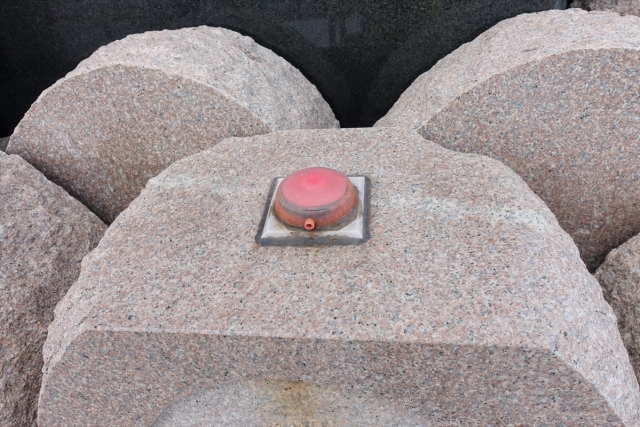
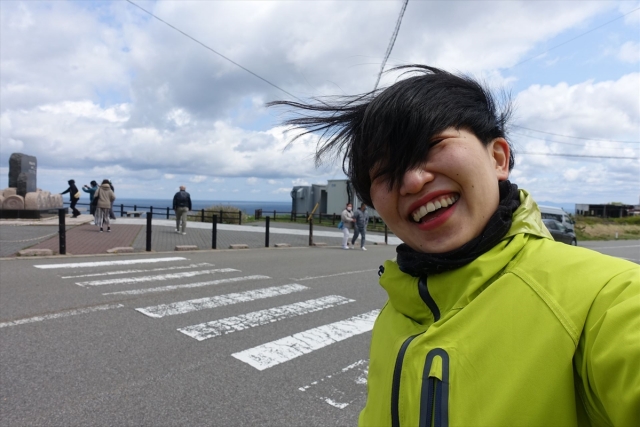
 Vending machine noodle ice cream: A retro icon in Japan brings joy to a new generation
Vending machine noodle ice cream: A retro icon in Japan brings joy to a new generation We visit a train station in historical ninja town, see ninja trick art, and become ninjas ourselves
We visit a train station in historical ninja town, see ninja trick art, and become ninjas ourselves We visit Kaiyodo Kappa Museum: dedicated to a yokai that loves cucumbers and human souls
We visit Kaiyodo Kappa Museum: dedicated to a yokai that loves cucumbers and human souls This rare autumn vegetable is the perfect addition to your stir-fry or salad【SoraKitchen】
This rare autumn vegetable is the perfect addition to your stir-fry or salad【SoraKitchen】 Puyo Puyo Manju return after 21 years…and our Puyo Puyo fan reporter achieves a childhood dream
Puyo Puyo Manju return after 21 years…and our Puyo Puyo fan reporter achieves a childhood dream Foreigner’s request for help in Tokyo makes us sad for the state of society
Foreigner’s request for help in Tokyo makes us sad for the state of society Seaside scenery, history, and so many desserts on Yokohama’s Akai Kutsu【Japan Loop Buses】
Seaside scenery, history, and so many desserts on Yokohama’s Akai Kutsu【Japan Loop Buses】 Mikado Coffee is a 76-year-old coffee chain with a major celebrity connection
Mikado Coffee is a 76-year-old coffee chain with a major celebrity connection Do Hi-Chew-flavor Hi-Chews have a reason to exist?【Taste test】
Do Hi-Chew-flavor Hi-Chews have a reason to exist?【Taste test】 Akihabara pop-up shop sells goods made by Japanese prison inmates
Akihabara pop-up shop sells goods made by Japanese prison inmates What it’s like to spend the night in a Pokémon hotel room
What it’s like to spend the night in a Pokémon hotel room Sakura tree falls on man at Sannenzaka near Kiyomizu temple in Kyoto 【Breaking News】
Sakura tree falls on man at Sannenzaka near Kiyomizu temple in Kyoto 【Breaking News】 Does the virgin-killing sweater really kill virgins?【Video】
Does the virgin-killing sweater really kill virgins?【Video】 Shohei Ohtani’s personal interpreter fired, accused of “massive theft” to pay off gambling debts
Shohei Ohtani’s personal interpreter fired, accused of “massive theft” to pay off gambling debts Spirited Away train station and submerged tracks attract Ghibli fans around Japan
Spirited Away train station and submerged tracks attract Ghibli fans around Japan McDonald’s new Happy Meals offer up cute and practical Sanrio lifestyle goods
McDonald’s new Happy Meals offer up cute and practical Sanrio lifestyle goods Japanese ramen restaurants under pressure from new yen banknotes
Japanese ramen restaurants under pressure from new yen banknotes French Fries Bread in Tokyo’s Shibuya becomes a hit on social media
French Fries Bread in Tokyo’s Shibuya becomes a hit on social media Studio Ghibli releases new action figures featuring Nausicaä of the Valley of the Wind characters
Studio Ghibli releases new action figures featuring Nausicaä of the Valley of the Wind characters Red light district sushi restaurant in Tokyo shows us just how wrong we were about it
Red light district sushi restaurant in Tokyo shows us just how wrong we were about it New private rooms on Tokaido Shinkansen change the way we travel from Tokyo to Kyoto
New private rooms on Tokaido Shinkansen change the way we travel from Tokyo to Kyoto Tokyo Tsukiji fish market site to be redeveloped with 50,000-seat stadium, hotel, shopping center
Tokyo Tsukiji fish market site to be redeveloped with 50,000-seat stadium, hotel, shopping center Beautiful Ghibli sealing wax kits let you create accessories and elegant letter decorations【Pics】
Beautiful Ghibli sealing wax kits let you create accessories and elegant letter decorations【Pics】 Japanese city loses residents’ personal data, which was on paper being transported on a windy day
Japanese city loses residents’ personal data, which was on paper being transported on a windy day Studio Ghibli releases Kiki’s Delivery Service chocolate cake pouches in Japan
Studio Ghibli releases Kiki’s Delivery Service chocolate cake pouches in Japan New definition of “Japanese whiskey” goes into effect to prevent fakes from fooling overseas buyers
New definition of “Japanese whiskey” goes into effect to prevent fakes from fooling overseas buyers Our Japanese reporter visits Costco in the U.S., finds super American and very Japanese things
Our Japanese reporter visits Costco in the U.S., finds super American and very Japanese things All-you-can-drink Starbucks and amazing views part of Tokyo’s new 170 meter-high sky lounge
All-you-can-drink Starbucks and amazing views part of Tokyo’s new 170 meter-high sky lounge More foreign tourists than ever before in history visited Japan last month
More foreign tourists than ever before in history visited Japan last month New Pokémon cakes let you eat your way through Pikachu and all the Eevee evolutions
New Pokémon cakes let you eat your way through Pikachu and all the Eevee evolutions Disney princesses get official manga makeovers for Manga Princess Cafe opening in Tokyo
Disney princesses get official manga makeovers for Manga Princess Cafe opening in Tokyo Sales of Japan’s most convenient train ticket/shopping payment cards suspended indefinitely
Sales of Japan’s most convenient train ticket/shopping payment cards suspended indefinitely Sold-out Studio Ghibli desktop humidifiers are back so Totoro can help you through the dry season
Sold-out Studio Ghibli desktop humidifiers are back so Totoro can help you through the dry season Japanese government to make first change to romanization spelling rules since the 1950s
Japanese government to make first change to romanization spelling rules since the 1950s Ghibli founders Toshio Suzuki and Hayao Miyazaki contribute to Japanese whisky Totoro label design
Ghibli founders Toshio Suzuki and Hayao Miyazaki contribute to Japanese whisky Totoro label design Doraemon found buried at sea as scene from 1993 anime becomes real life【Photos】
Doraemon found buried at sea as scene from 1993 anime becomes real life【Photos】 Tokyo’s most famous Starbucks is closed
Tokyo’s most famous Starbucks is closed One Piece characters’ nationalities revealed, but fans have mixed opinions
One Piece characters’ nationalities revealed, but fans have mixed opinions We asked a Uniqlo employee what four things we should buy and their suggestions didn’t disappoint
We asked a Uniqlo employee what four things we should buy and their suggestions didn’t disappoint Princesses, fruits, and blacksmiths: Study reveals the 30 most unusual family names in Japan
Princesses, fruits, and blacksmiths: Study reveals the 30 most unusual family names in Japan Making a traditional Japanese dessert from “heaven grass”【Photos】
Making a traditional Japanese dessert from “heaven grass”【Photos】 Weird Japanese vending machine find gives us unique sweet potato sweets
Weird Japanese vending machine find gives us unique sweet potato sweets We hunt for Dom Pérignon in these wine fukubukuro lucky bag boxes from Kaldi
We hunt for Dom Pérignon in these wine fukubukuro lucky bag boxes from Kaldi How much difference does the choice of mold make in fermenting food?
How much difference does the choice of mold make in fermenting food? Drive your car on an airport runway at this secret spot in Japan
Drive your car on an airport runway at this secret spot in Japan The most expensive ice cream in Japan? Metallic soft serve frays the nerves of staff who make it
The most expensive ice cream in Japan? Metallic soft serve frays the nerves of staff who make it Beautiful highway in Japan has terrifying traffic safety reminder
Beautiful highway in Japan has terrifying traffic safety reminder Japanese schoolgirl commended by police for helping lost child
Japanese schoolgirl commended by police for helping lost child Visit a pepper-packed tribute to spiciness tucked away in an Osaka food court
Visit a pepper-packed tribute to spiciness tucked away in an Osaka food court Weird Japanese vending machine comes with a heartwarming twist
Weird Japanese vending machine comes with a heartwarming twist Is a camping toaster from Daiso any good? We tested one so you don’t have to!
Is a camping toaster from Daiso any good? We tested one so you don’t have to! Can slapping on some nose filters prevent the anguish of hay fever?
Can slapping on some nose filters prevent the anguish of hay fever? JR West teams up with Hello Kitty to clad its Kansai Special Rapid train in kawaii decals
JR West teams up with Hello Kitty to clad its Kansai Special Rapid train in kawaii decals Daiso vs. Seria: Which sells the better egg white whipper? We find out【SoraKitchen】
Daiso vs. Seria: Which sells the better egg white whipper? We find out【SoraKitchen】 Weird Japanese gacha lucky dip vending machine gives us more than we bargained for
Weird Japanese gacha lucky dip vending machine gives us more than we bargained for
Leave a Reply